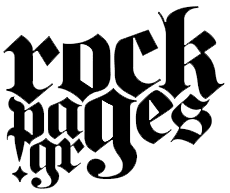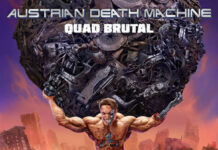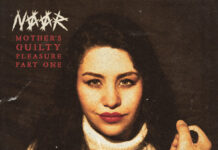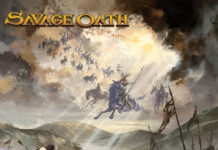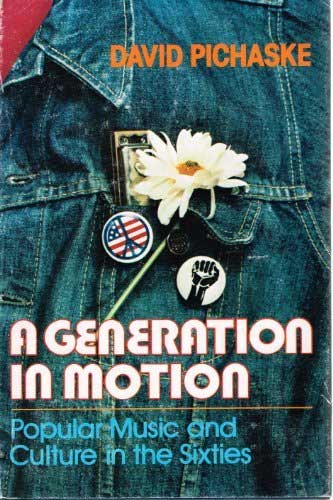
The first thing I did when I visited San Francisco was to visit the intersection of Haight and Ashbury streets, the iconic place of a town that became the epicenter of the hippy movement of the 1960s and especially the summer of love in 1967. This was the decade that asked for motion, the change, that said no to many things but took back only a few, and these few only for a while, but the main issue was not to stay still.
Although there are dozens of book about the sixties and many more about the music from that decade only a few books managed to combine social and music analysis at the same time. This is what David Pichaske did in 1979 when he first released this great book, so great that it really didn’t date at all when the Greek translate finally arrived in Greece in 2016. In almost 500 pages Pichaske tries to tell the story of that decade through the songs of the era. And yes, if there is one thing that takes you straight to the point about the history of 1960s is the music and the songs of that decade, songs that gave the soundtrack of the opposition to anything that reminded of conservation, a furious NO to almost everything and although this happened in a romantic naive way, it also had faith in what we know as fair and moral.
Rock ‘n’ roll was just the spark in the 1950s but right after that came the folk revival that was used to accompany the demonstrations against the war with protest songs and then the British invasion and the rock popularity along with the awakening of counterculture, the experimentation and the radicalism in every level. The different philosophy, the independent labels, the iconic festivals, the drugs, the FM radio stations just before the expected arrival of the managers for the appropriation and the expected assimilation of the alternative by the established order but also the ambiguity of the lyrics when things got more serious, more… arty (what the writer calls art rock), more professional. It was a decade that pushed the YES and NOs to the limit, to so much exaggeration that at the end you had only two choices, either to jump off the cliff of eccentricity or a U-turn to conservation and the safety of normality. And they voted for Nixon…
On the plus side I loved the view of Pichaske over the era’s atmosphere and the social circumstances and the reflection of individual and social psychology through the songs of that period. The book is subdivided into chapters focusing on something different on each one starting from the 1950s (and the general conservatism of the post-war years), to the rise -via the underground- of alternative living (communes, squats), the impact on thousands of young people but also the rapid decline. It focuses on iconic artists that drew attention but also the shift that came when dead-ends arrived. The deep analysis of certain albums of Beatles, Bob Dylan, Who, Paul Simon is really a joy to read while the continuous quotation of lyrics on every chapter (but also the sayings of other writers of that era or movie references etc) it really helps the reading flow and comprehension. It’s a really living and colorful document that literally takes you there emphasizing on many aspects of a social phenomenon (from creativity and sexual liberation to social unrest and the retreats). What I liked most is the fact that it doesn’t just cover 10 years (1960-69) but it brings a wider picture (1954-1973) and as a result it doesn’t leave any gaps of what happened before and what followed and most of all why rock music of that era emerged as the dominant element of counterculture that dragged people and consciences.
On the downside the American point of view of the writer. This is normal as he lived there but Europe is almost out, not only about the movement but also about the bands (apart from the British invasion obviously). But Pichaske’s look is experiential and this is good enough to bring this book to a higher level.


